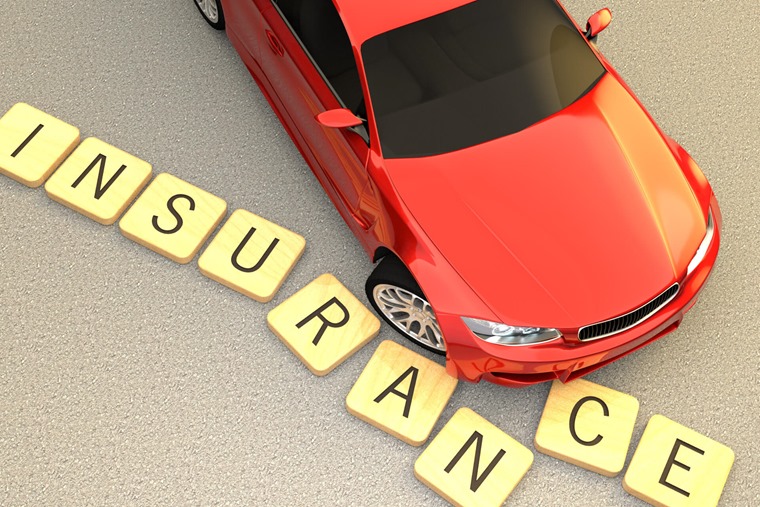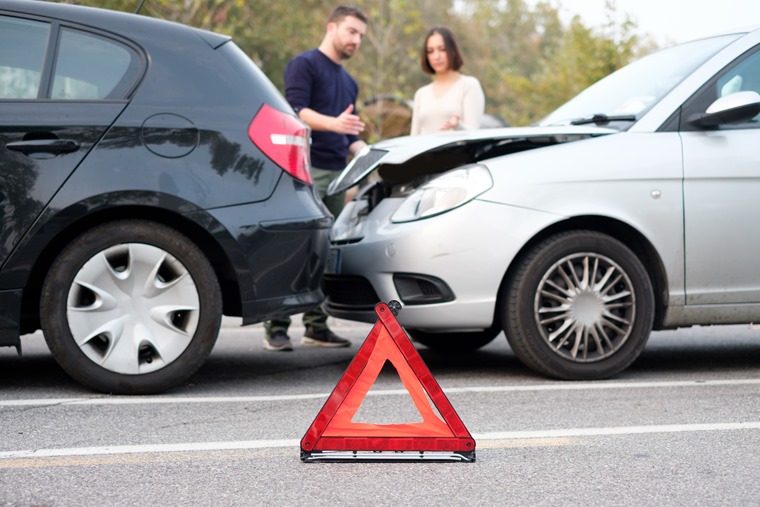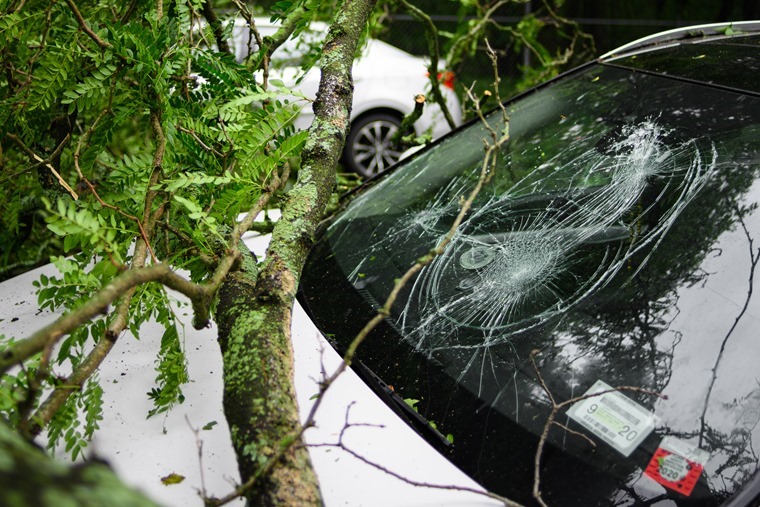Insuring a lease car: Everything you need to know
Back to 'Expert guides'Whether you’re a personal or business customer, leasing is one of the most cost-effective ways of getting behind the wheel of a brand-new car. At Leasing.com, we want to make insurance just as attainable and easy as leasing itself.
Do lease cars include insurance? Who is the policy holder? How can I lower my insurance costs?
These are just some of the common queries we get here at Leasing.com. We’ve put together this guide that answers some of the most pressing questions on this subject.

Hopefully you’ll find the answer you’re looking for below.
Contents
- Is insurance included with a lease car?
- What type of insurance do I need for a lease car?
- Who does the policy holder need to be?
- Can other people drive my lease car?
- How do I pay for my lease car insurance?
- Do all insurance companies cover lease cars?
- Can I accrue no claims with my lease car insurance?
- Do I need to give my lease company my insurance details?
- Is it more expensive to insure a lease car?
- What can I do to lower my insurance costs?
- What's the best way to compare insurance prices for my lease car?
Is insurance included with a lease car?
While your monthly leasing payment usually includes VED, warranty and the car itself, it does not typically include car insurance.
This means that in the majority of cases, it is still your responsibility to ensure you car is insured, just like you would if you took out another form of car finance.
While there are an increasing amount of lease companies that provide complete packages that do include insurance, this is still the exception rather than the rule.
What type of insurance do I need for a lease car?
Most leasing companies will require you to take out a fully comprehensive insurance policy. This is because during a lease, they are the legal owners and require full protection against their asset. By taking out a fully comprehensive insurance policy, you not only cover the damage that may be done to other vehicles, but also your lease car. Here’s a quick rundown of what’s included with a fully comprehensive policy:
- Cover for damage to other vehicles
- Cover for yourself and any other parties’ injuries
- Cover for damage when fault can’t be proven
Most filly comprehensive policies also cover things like:
- Windscreen repair
- Courtesy car
- Breakdown cover
It’s always best to check the ins and outs of what’s actually included with your policy though, as this varies significantly between insurers.
While fully comprehensive insurance might be slightly more expensive than a third party policy, it’s the best option for everyone. It means that if you are involved in an accident, you won’t be liable for any big bills. You will only be liable to pay the excess, no matter the cost of the repairs.
Who does the policy holder need to be?
When it comes to personal lease agreements, the main policy holder on the insurance certificate must be the person who took out the agreement (known as the hirer).
If it’s a business lease, then the main policy holder should be the company itself, or a director of the company. The company must then supply a letter to employees who are authorized to drive the vehicle.

Can other people drive my lease car?
Aside from the fact the main policy holder must be the person who is on the lease agreement certificate, it’s just like any other insurance policy. This means you can add named drivers, which will allow them to drive on your fully comprehensive policy.
If drivers haven’t been named on the policy and don’t have their own fully comprehensive policy that includes other vehicles, they will not be covered. So it’s always worth adding named drivers, even if they have their own insurance.
How do I pay for my lease car insurance?
Just like any other insurance policy, you can choose to pay for your premium up front for 12 months, or pay monthly. Paying monthly for your insurance can lead to slightly higher prices though, because the company will add interest to the original total. This means you’re likely to save a little bit on your premium if you can pay it all up front. However, you might decide that paying a lower amount every month is the most affordable option for you.

Do all insurance companies cover lease cars?
Yes – for the most part, all the usual car insurance companies will cover a leased car. The only difference between a policy on a lease vehicle and one on a privately owned vehicle is the name on the V5 registration document.
Can I accrue no claims with my lease car?
Of course! If you already have a no claims bonus, you can carry this over to your lease car insurance policy. If you want to build up no claims while driving your lease car, then you can do this too.
Does my lease company need to know my insurance details?
For the most part, leasing companies will ask for proof of fully comprehensive insurance ahead of the delivery of your vehicle. This means it’s important to tally up your dates to ensure you are covered from the moment your lease car arrives.

Is it more expensive to insure a lease car?
No. There are so many variables when it comes to insurance, the fact you are insuring a leased car makes little to no difference at all to the average car insurance cost. The only reason you may find premiums to be higher is the fact you must have a fully comprehensive policy. This is sometimes more than a third party policy, but some drivers might even find it’s cheaper to go for a fully comprehensive policy. It really is that variable!
What can I do to lower my insurance costs?
With the above in mind, here’s a few top tips to keep your lease car insurance costs in check.
Increase your excess
If you increase your excess voluntarily, it means you’ll reduce the overall costs of your policy. However, it’s worth considering if you’ll be able to afford this payment should the worst happen.
Consider your mileage
Just like leasing, the higher the mileage agreement, the more you’re likely to pay for insurance. With more people working from home and travelling less, it might be worth considering your mileage requirements.
Add more drivers
Adding more named drivers can really help reduce your premium, especially if you’re not the most experienced driver or have little to no no claims bonus. The age, experience and driving history of your named drivers should always factor in to your decision though.
Install a black box
If you’re really looking to lower your premium, fitting a telematics device could be the best way to do it. These devices keep tabs of your speed, the distance you travel and many other factors – even the time of day you drive. This helps the insurer see how you use your vehicle, and means lower (or higher) premiums, depending on the result.
Pay annually
As we mentioned above, if you’re able to pay annually for your insurance rather than monthly, it can help keep costs in check over the course of a two-to-four year lease. This is because you won’t be paying interest on monthly payments.
